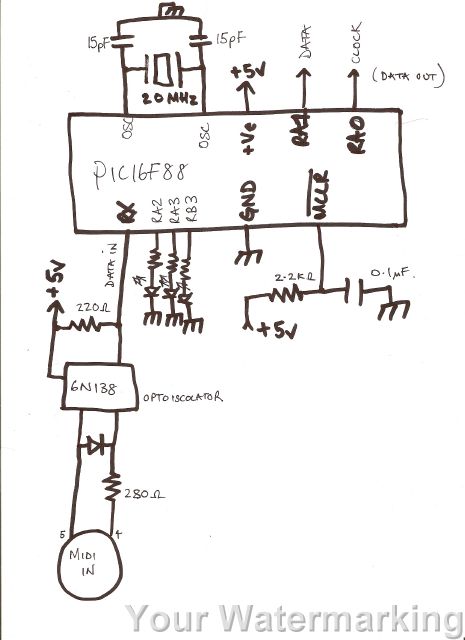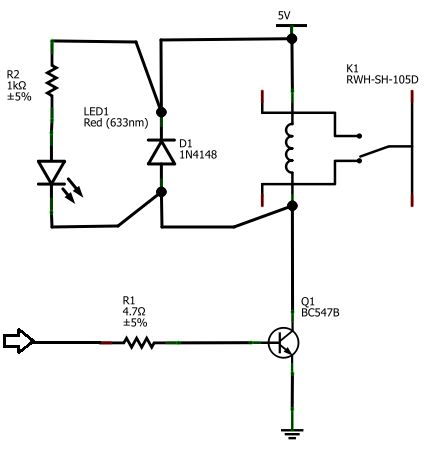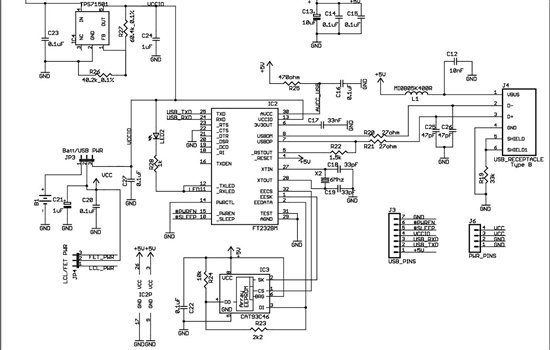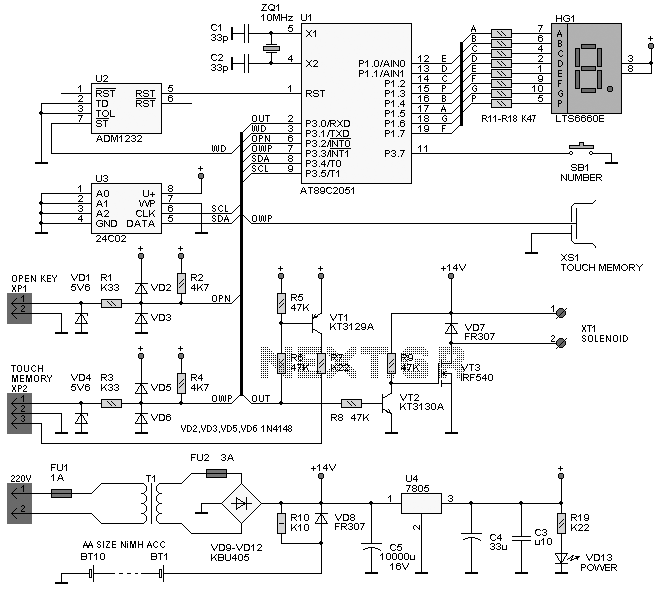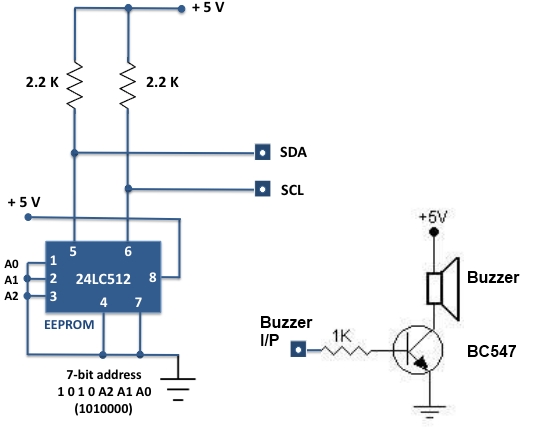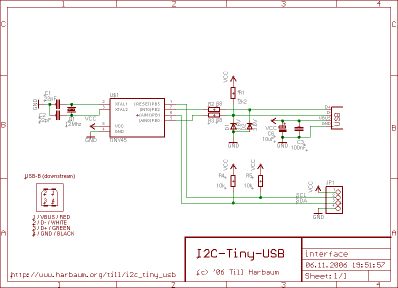
Augmenting a Microcontroller
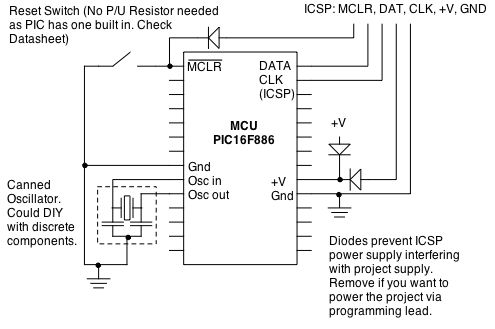
Microcontrollers (MCUs) are versatile integrated circuits that enhance the functionality of electronics, robotics, and other projects. However, they...
Microcontrollers (MCUs) serve as the central processing unit in a variety of electronic applications, offering programmable control that allows for complex functionalities in compact sizes. These devices typically include a processor core, memory, and programmable input/output peripherals, making them ideal for tasks ranging from simple automation to sophisticated control systems in robotics.
An MCU operates by executing a series of instructions stored in its memory, which can be modified to adapt to specific project requirements. The architecture of an MCU generally comprises several components: the CPU (Central Processing Unit) executes instructions; RAM (Random Access Memory) temporarily stores data; ROM (Read-Only Memory) holds the firmware; and various I/O ports facilitate communication with other devices.
In practical applications, MCUs can be used to control motors, read sensors, and manage communications with other devices through protocols like I2C, SPI, or UART. For instance, in a robotics project, an MCU can be programmed to interpret data from ultrasonic sensors to navigate obstacles, while simultaneously controlling servo motors to adjust the robot's direction.
When designing a circuit that incorporates an MCU, it is essential to consider the power supply requirements, input/output configurations, and any necessary external components such as resistors, capacitors, and connectors. Proper grounding and decoupling techniques must also be implemented to ensure stable operation and to minimize noise in the circuit.
Overall, the integration of microcontrollers into electronic designs allows for increased flexibility, enabling developers to create tailored solutions for a wide range of applications, from consumer electronics to industrial automation systems.Microcontrollers (MCUs) are fantastic little ICs that give an extra element of versatility to your electronics, robotics or other project. But they`re.. 🔗 External reference
Microcontrollers (MCUs) serve as the central processing unit in a variety of electronic applications, offering programmable control that allows for complex functionalities in compact sizes. These devices typically include a processor core, memory, and programmable input/output peripherals, making them ideal for tasks ranging from simple automation to sophisticated control systems in robotics.
An MCU operates by executing a series of instructions stored in its memory, which can be modified to adapt to specific project requirements. The architecture of an MCU generally comprises several components: the CPU (Central Processing Unit) executes instructions; RAM (Random Access Memory) temporarily stores data; ROM (Read-Only Memory) holds the firmware; and various I/O ports facilitate communication with other devices.
In practical applications, MCUs can be used to control motors, read sensors, and manage communications with other devices through protocols like I2C, SPI, or UART. For instance, in a robotics project, an MCU can be programmed to interpret data from ultrasonic sensors to navigate obstacles, while simultaneously controlling servo motors to adjust the robot's direction.
When designing a circuit that incorporates an MCU, it is essential to consider the power supply requirements, input/output configurations, and any necessary external components such as resistors, capacitors, and connectors. Proper grounding and decoupling techniques must also be implemented to ensure stable operation and to minimize noise in the circuit.
Overall, the integration of microcontrollers into electronic designs allows for increased flexibility, enabling developers to create tailored solutions for a wide range of applications, from consumer electronics to industrial automation systems.Microcontrollers (MCUs) are fantastic little ICs that give an extra element of versatility to your electronics, robotics or other project. But they`re.. 🔗 External reference
Warning: include(partials/cookie-banner.php): Failed to open stream: Permission denied in /var/www/html/nextgr/view-circuit.php on line 713
Warning: include(): Failed opening 'partials/cookie-banner.php' for inclusion (include_path='.:/usr/share/php') in /var/www/html/nextgr/view-circuit.php on line 713
